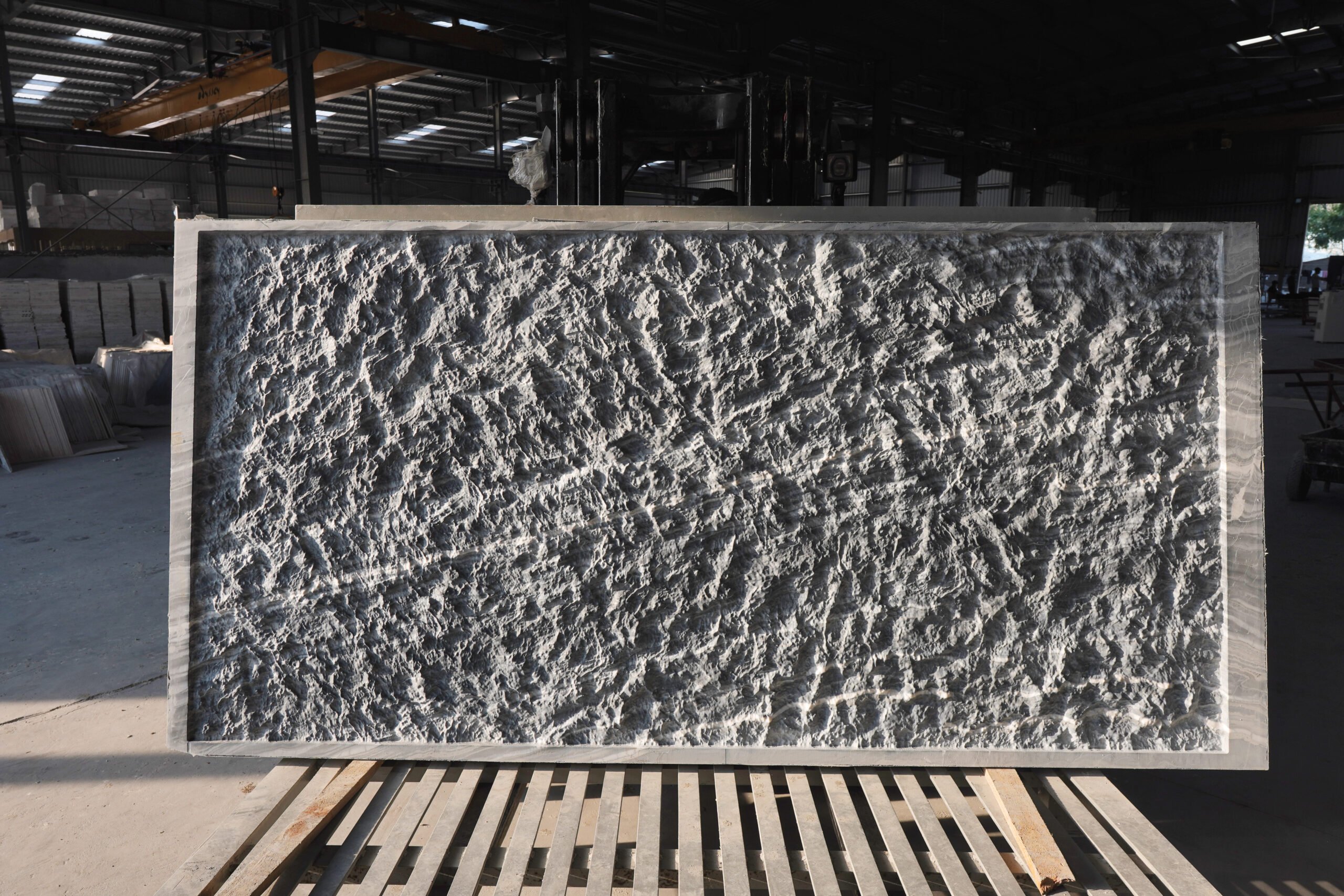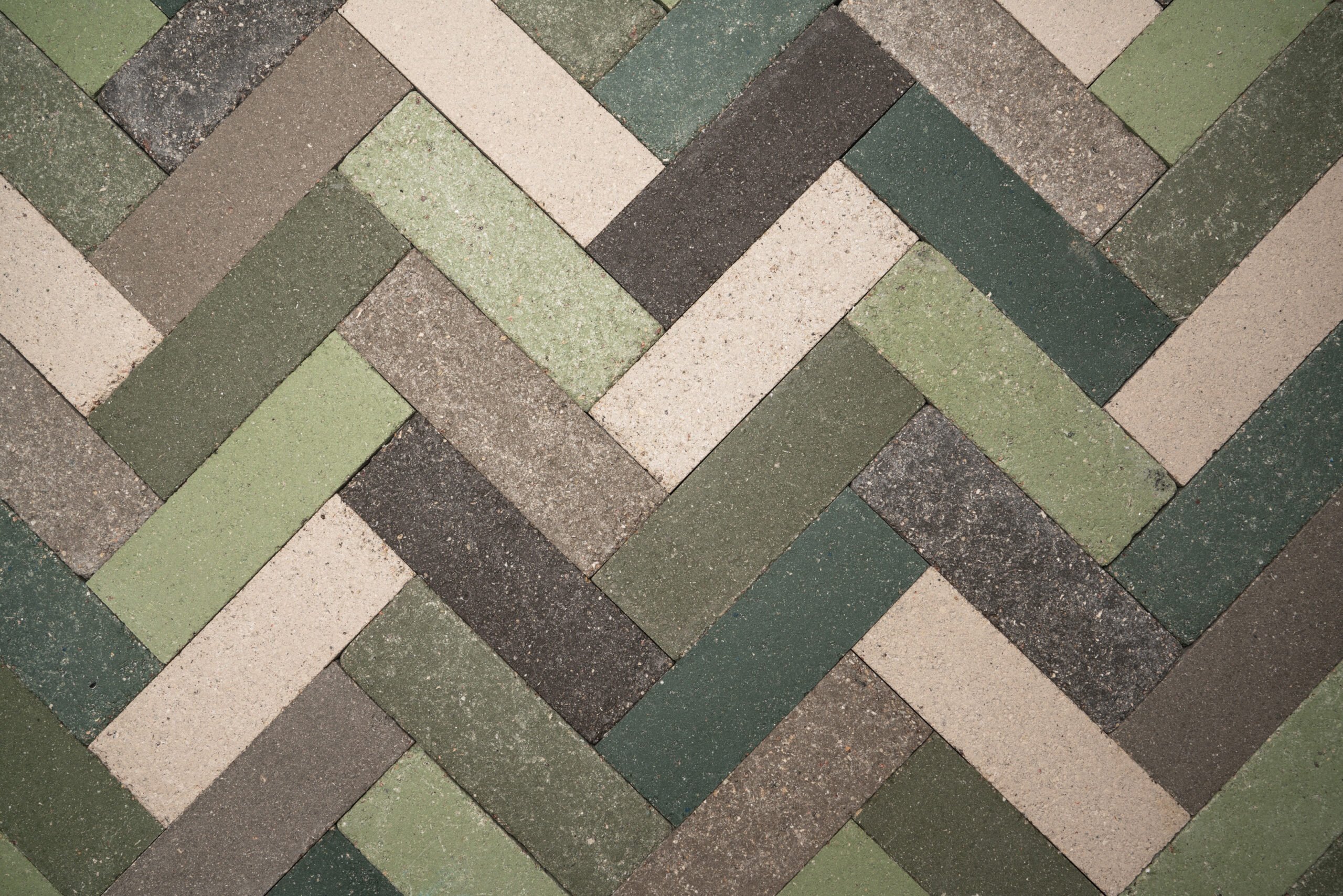
April 24, 2025
How to Specify Stone Sustainably
A good specification can never be too specific, and now more than ever, the right product is likely the most sustainable. Considerations for responsibly sourcing stone are vast and varied, but stringent requirements need not hamper design possibilities.
Materials verified by third-party standards improve the baseline for the environmental performance of natural stone. In addition to providing detailed standards, the Natural Stone Institute’s Sustainability Standard verifies key aspects of natural stone production, while the Green Building Alliance lists stone materials meeting its own criteria. However, new materials are not always certified at the time of specification, so manufacturer transparency is key. Requesting life cycle assessment info and disclosures like Declare labels or Health Product Declarations provides insight into material composition. Additives like cement, fly ash, plastic, or asphalt are best avoided.
Click here for links to all natural stone specification standards and resources

Sustainably Sourcing Natural Stone
Accounting for the scale of mineral extraction is also an environmentally responsible step when working with a nonrenewable resource. While using local minerals is possible, the impact of mining local ecologies—from biodiversity loss to water contamination—must be accounted for as well. In addition to a list of natural stone sustainability resources, the Natural Stone Institute aggregates an exhaustive breakdown of sourcing and verifying quarries. If ethical supply chain and fair labor practices are of value, consider requiring a chain of custody to elevate process standards and verify that stone travels as sustainably as possible.
With durability and life cycle included as end goals for the project, designing for disassembly is a dynamic solution. Minerals that sequester carbon, like lime, or upcycled minerals, like gypsum, are ideal for recyclability and more flexible application and customization. For greater insight, the Parsons School of Design’s Healthy Materials Lab maintains a list of recommended minerals that meet its rigorous evaluations across its many material collections.

Stone Standards
Natural Stone Sustainability Standard (ANSI/NSC 373 Natural Stone)
Fair Stone Standard (The Netherlands)
True Stone Initiative (International sourcing)
Environmental Product Declarations (Industry Wide)
Example Health Product Declarations (Resource for stone suppliers)
Specification Resources:
Natural Stone Institute Sustainability Resources
Natural Stone Institute Quarries List
Building Green Product Guide: Stone and Masonry Cladding
Healthy Materials Lab Mineral Collection
Green Building Alliance Flooring Materials
Would you like to comment on this article? Send your thoughts to: [email protected]
Latest
Profiles
Zoha Tasneem Centers Empathy and Ecology
The Parsons MFA interior design graduate has created an “amphibian interior” that responds to rising sea levels and their impacts on coastal communities.
Viewpoints
How Can We Design Buildings to Heal, Not Harm?
Jason McLennan—regenerative design pioneer and chief sustainability officer at Perkins&Will—on creating buildings that restore, replenish, and revive the natural world.




